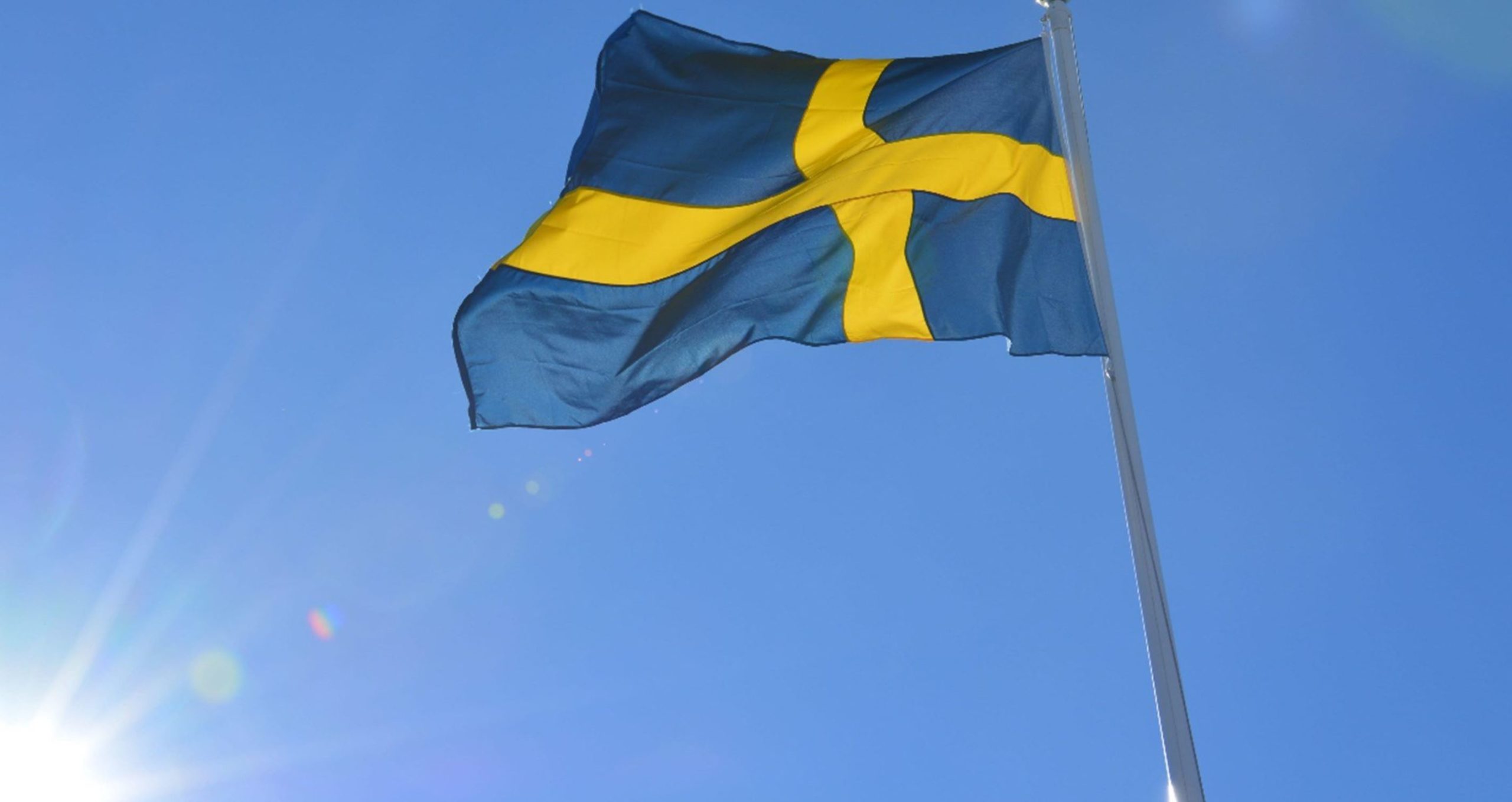CNBC reports that Sweden, which avoided a hardline lockdown during the COVID-19 pandemic, saw its economy grow in the first quarter.
The Swedish economy expanded at a far superior rate than many of its European counterparts over the first three months of the year, data published Friday showed, following the government’s decision not to impose a full lockdown to contain the spread of the coronavirus.
The Nordic country’s statistics office reported gross domestic product (GDP), the broadest measure of economic health, grew at an annual rate of 0.4% in the first quarter.
Sweden’s GDP increased by 0.1% in the first quarter, when seasonally adjusted and compared to the final three months of 2019. The median forecasters in a Reuters poll of economists had expected to see a 0.6% contraction on a quarterly basis.
The results are presumably a surprise to many.
Both critics and supporters of Sweden’s “lighter touch” policy have pointed out though its fatality rate is better than many of its European neighbors—France, Belgium, Italy, Spain and the UK—the Swedes were nonetheless expected to see an economic contraction in the first quarter.
A Reuters poll of economists had projected a 0.6% contraction in the first quarter, and annual projections were much worse. As recently as April 30, Sweden’s central bank, the Riksbank, was predicting an economic contraction between 6.9 and 9.7 percent for 2020. The National Institute for Economic Research (NIER), meanwhile, said it believed Sweden’s economy would shrink by 7 percent.
To be sure, there is a long way to go. Sweden may yet see a decline in GDP in the second quarter and beyond. However, the data show a stark contrast between the Swedes and nations that initiated hardline lockdowns.
France has already officially entered a recession, seeing a 5.8 percent GDP drop in the first quarter after shrinking 0.1 percent in the final quarter of 2019.
The US saw a contraction of 5 percent in the first quarter. Italy’s economy tumbled 4.7 percent. Spain’s economy collapsed by 5.2 percent.
The consequences of these economic contractions will be devastating, of course. But what is perhaps most noteworthy is the chorus of voices suggesting the devastation may have been unnecessary.
This month, the director of Norway’s public health agency, Camilla Stoltenberg, gave an interview in which she said the lockdowns were not necessary to curb the spread of COVID-19.
“Our assessment now, and I find that there is a broad consensus in relation to the reopening, was that one could probably achieve the same effect – and avoid part of the unfortunate repercussions – by not closing,” said Stoltenberg. “But, instead, staying open with precautions to stop the spread.”
What Stoltenberg is saying is that evidence suggests social distancing can be achieved without lockdowns. This is precisely what Sweden did.
Anders Tegnell, Sweden’s top infectious disease expert and the architect of its COVID strategy, pointed out that foot traffic and train traffic in Sweden were 10 percent and 20 percent, respectively, of normal levels.
“We actually made a comparison to our Nordic neighbors, and the Swedish travel patterns have changed just as much as our Nordic neighbors, in spite of them having much more legal lockdowns than we have,” Tegnell pointed out in a May interview.
In other words, Sweden practiced social distancing. They just practiced it in a different way, encouraging citizens to behave responsibly and initiating less intrusive (and less harmful) interventions than its neighbors, which allowed most aspects of daily life to continue. As a result, Sweden avoided many of the “unfortunate repercussions” that Stoltenberg alluded to. (Sweden’s COVID fatality rate is also higher than its Nordic neighbors, it should be pointed out, though lower than many other Europeans nations.)
The lockdowns were no doubt well intended. They were designed to protect people from a deadly virus. However, as I pointed out this week, they are also historically unprecedented.
Because of this, we had no empirical knowledge about what the costs of mass lockdowns would be. We are finally beginning to see those costs more clearly: economic recession, mass unemployment, hundreds of thousands of businesses wiped out, and surging government spending.
The psychological toll of economic distress and social isolation is also severe. Surging suicide is one component, but widespread emotional distress is another.
According to a pair of psychologists writing at The Conversation, new government statistics show Americans are beginning to crack under the strain.
“When compared to a 2018 survey, US adults are now eight times more likely to meet the criteria for serious mental distress,” the authors write. “One-third of Americans report clinically significant symptoms of anxiety or clinical depression, according to a late May 2020 release of Census Bureau data.”
As economists are fond of saying, it’s important to judge policies by their results, not their intentions.
The results of mass lockdowns are becoming clear: they have been disastrous.
Source: FEE.org
Image credit: Wallpaper Flare
Jonathan Miltimore is the Managing Editor of FEE.org. His writing/reporting has been the subject of articles in TIME magazine, The Wall Street Journal, CNN, Forbes, Fox News, and the Star Tribune.
Bylines: The Washington Times, MSN.com, The Washington Examiner, The Daily Caller, The Federalist, the Epoch Times.
 By
By